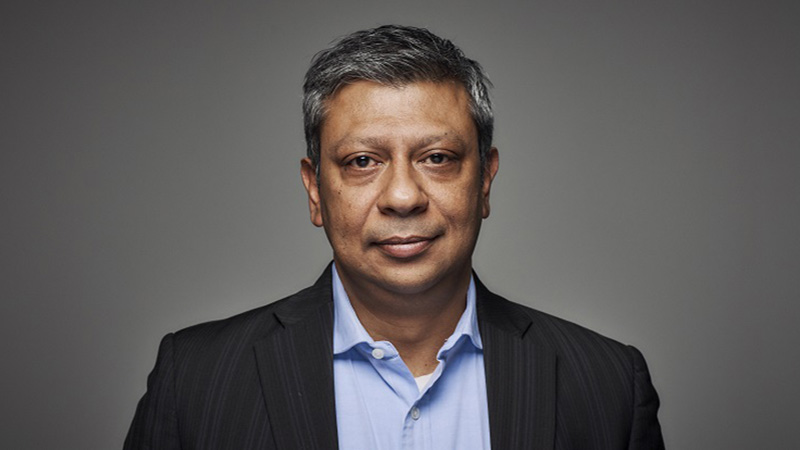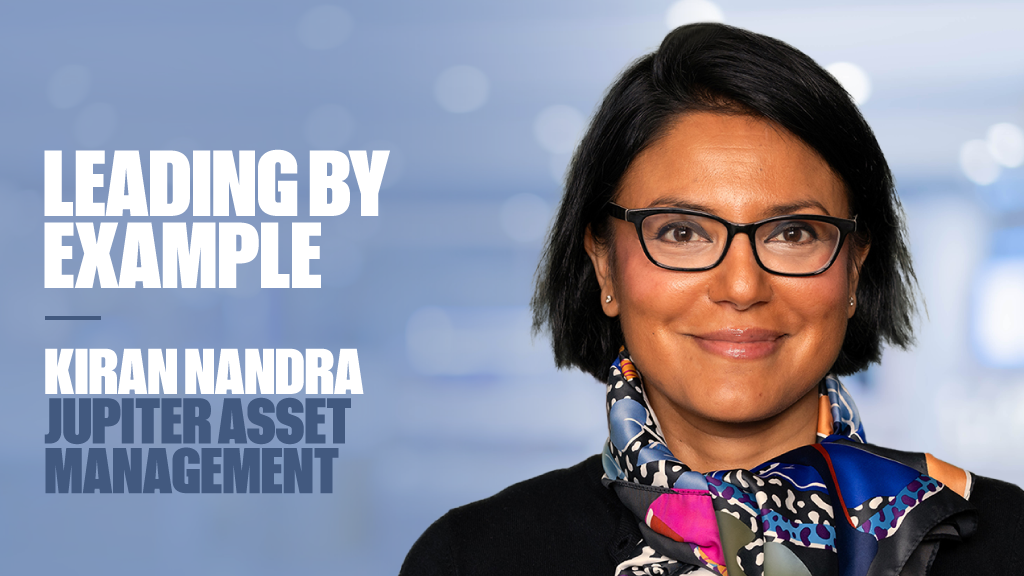While this proved to be the outcome, my recent visit suggests the fog is beginning to lift, with growing evidence that the tax increase has not derailed the ambitious reforms spearheaded by Prime Minister Shinzo Abe.
In recent months, many investors have been disappointed by the pace and scale of the ‘third arrow’ (structural reforms), and I can probably count myself among them. However, with hindsight, our initial expectations were unrealistic.
I now think that the Abe Government has achieved a lot in the past 12 months. In the 2013/14 winter parliament session, they passed nine of the 10 planned reform bills. They have made significant further progress in the current session. Reform of the agriculture and electric power sectors has been agreed and enacted, as has the establishment of special economic zones.
Abe has now unveiled his key targets for the next 12 months: the reduction in corporation tax, reform of the Government Pension Investment Fund (GPIF) and the introduction of resort casinos to Japan. In Investors may be disappointed by the pace of change in Japan but cannot be disappointed by the extent of the reform occurring after years of complete inaction.
During my trip, I received a clear message from Japanese companies – that their forecasts for the current fiscal year have been too conservative. Many companies assumed a weak domestic economy on the back of the consumption tax rise and have been surprised by the robustness of domestic demand. I expect many companies to revise up estimates during the summer with their first quarter earnings release. Another key message was an increased focus on Return on Equity (RoE) and their capital policy.
The introduction of the RoE weighted Nikkei 400 index last year has been a huge success, in my view: it has become a badge of honour to be included and a badge of dishonour to be excluded – witness the pledge made by Amada, a maker of metalworking machines, that it would seek to significantly increase its RoE, through share buy backs, after it was left out of the new index.
With the GPIF now looking to invest in funds tracking this index, the improving capital efficiency story should continue to be a significant driver for the market. Domestic investors are expected to continue to increase investment in equities. Over 6.5 million NISAs (Japanese ISAs) had been opened by the end of March but just over ¥1tn (US$10bn) had been invested. With over 70% still uncommitted, there is, in my view, a significant opportunity for future investment. In addition, the GPIF may provide a further boost to equities.
While it still maintains a target of only 12% for domestic equities, its current level of investment is closer to 16%, amounting to about 8% of the total Japanese market. There is expectation that the GPIF will raise its target domestic equity exposure to 20% later in the year; each 1% increase in their weight is equivalent to approx. 0.5% of the current market capitalisation of Japan.











